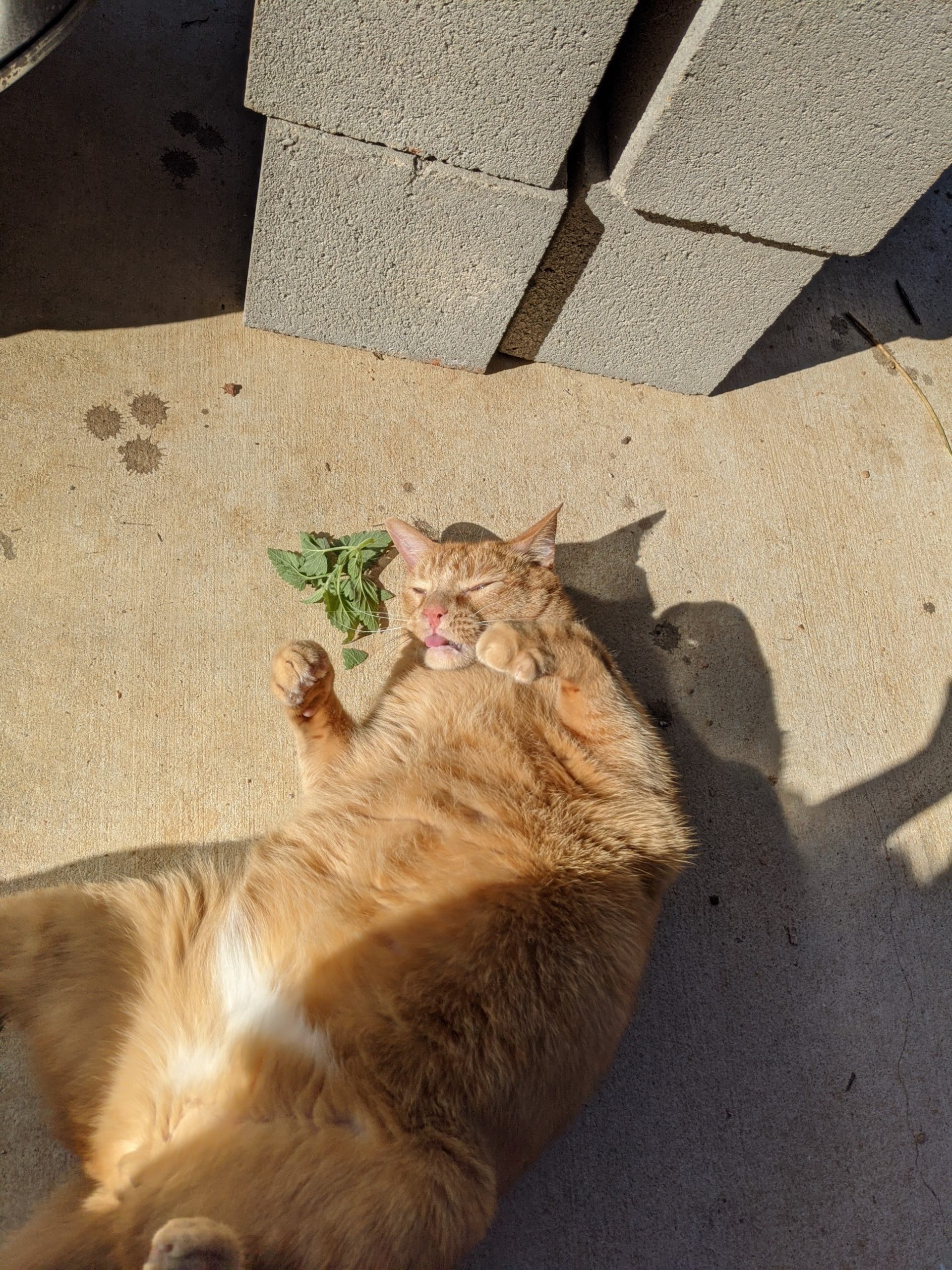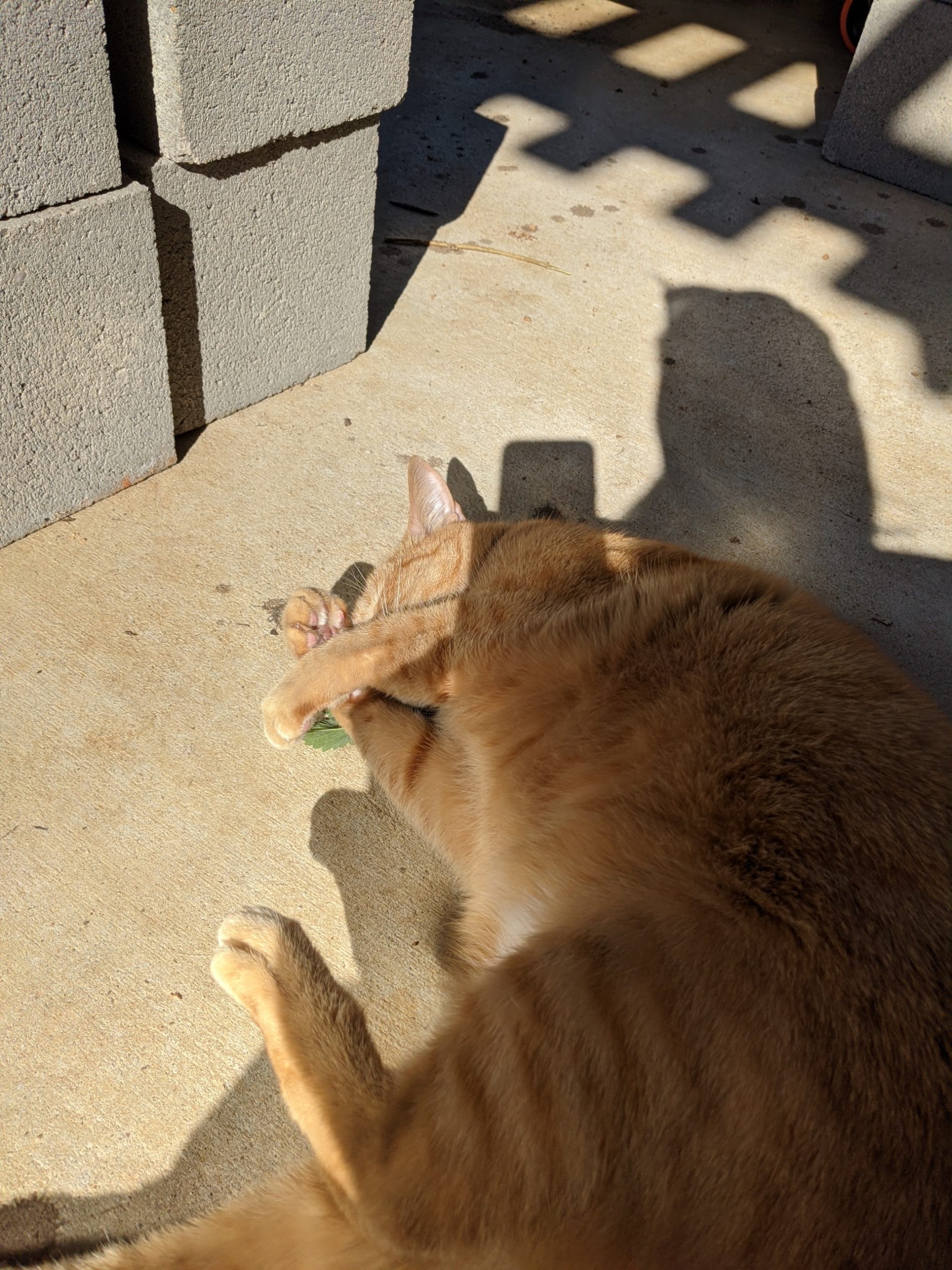It was about this time last year when we lost our adopted black kitten, Drogo, to FIP. At the time, info available was sparse: FIP was known to be a 100% fatal coronavirus mutation afflicting kittens and young cats with no known pathology. While some anecdotes abound on the internet about kittens surviving “dry” (non-effusive) FIP, reports seem consistent, nearly universally dire, about the chances of a cat surviving “wet” or effusive FIP–which our cat Drogo was diagnosed with.
The 2016 research material that emerged later in the year suggests a new weapon is showing promise in the fight to cure FIP. I listed the sources in my earlier post, pointing to
Dr Pedersen’s preliminary research posted on the SOCKFIP.org website as well as the
published paper on the PLOS Journal.
A
new note has appeared on the SOCKFIP.org website with Dr. Pedersen’s closing update for 2016. In it he suggests that UC Davis and its partners are preparing to move onto Phase 2 research to focus on treatment modalities for the GC376 protease inhibitor on effusive cases of FIP.
Some key takeaways from the Phase 1 study, which I will quote below:
- Most disease signs are reversible with treatment:
Based on what we have learned from our first group of cats, we know that the treatment will require a minimum of twelve weeks and will cause a rapid reversal of disease signs in most, but not all, cats.
- FIP-caused neurological issues are resistant to treatment; said treatment does not forestall possible development of neurological problems later:
Cats with neurologic disease will not respond to this treatment, as the drug does not penetrate well into the brain. We also know that cats with ocular FIP will develop severe neurologic disease during or after treatment. We have also learned that cats that have had FIP for some time will often develop neurological disease while on treatment or after their initial treatment is completed.
- This isn’t a cure; the long-term effects of GC376 have yet to be studied:
we still do not know whether or not we can sustain disease remission in those cats that survive the therapy and remain healthy
- Emphasis on the availability of said treatment, restricted to research only:
The drug is not commercially available and cannot be purchased and must be administered under the institutional and hospital protocols of UC Davis. We understand the desperation that people feel when their cat develops such a terrible disease but our resources are limited and must be strictly focused on the goal of researching FIP what we hope is the first of many highly specific and effective antiviral drugs against FIP virus.
Given this news, I made some brief searches on the net regarding the status of FIP research, in particular, UC Davis’ collaboration with
researchers at Kansas State University.
On
SOCKFIP’s Facebook, they linked to a
Catster article interviewing Dr Pedersen.
To be clear, this is only the latest research using a recent treatment modality to reverse FIP. There still exists a competing treatment publicly available on a smaller scale that is reported to have limited success treating dry forms of FIP. The University of Tennessee updated their clinical trials document in 2017
promoting Polyprenyl Immunostimulant treatment. It seems the document is courting donations for Dr Legendre’s ongoing research in FIP. It is this research that is cited in the current
Wikipedia article on FIP.
Winn Feline Foundation, which has donated to UC Davis, Kansas State, and University of Tennessee studies, has also contributed several grants over the course of 2016 supporting FIP research.
Morris Animal Foundation,
also another donor in the FIP fight, announced research and funding in 2016.



As it’s about the time tax returns start getting filed, this post partly triggered by a review of my charitable donations for the previous year, among which is my contribution to SockFIP. I’m glad to see the ongoing effort to find a cure to FIP, including the progress made this past year.














